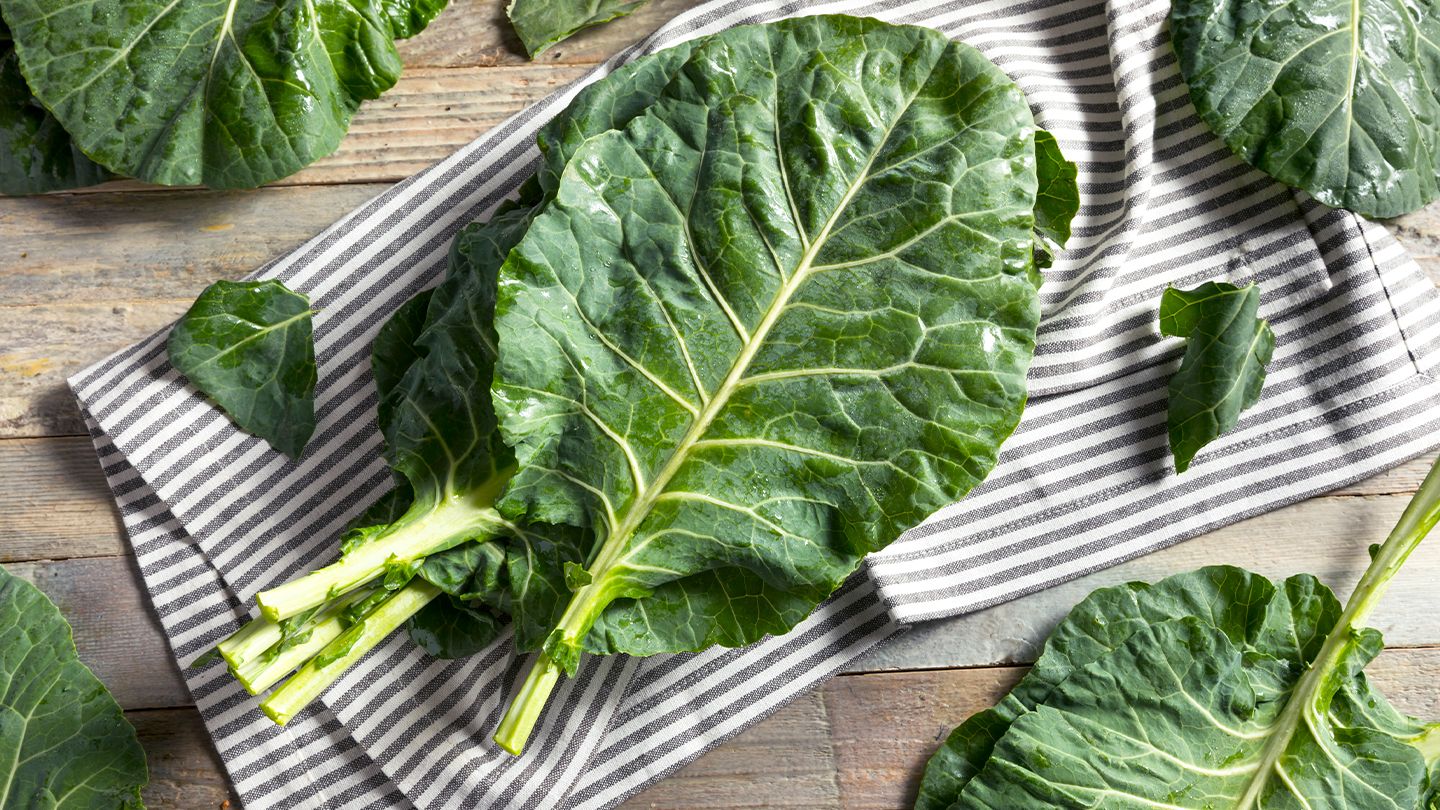How Many Carbohydrates are in a Cob of Corn?
Corn is a starchy vegetable that is not considered keto-friendly due to its high carbohydrate content. A typical ear of corn contains 25-30 grams of net carbs.
Breakdown of Nutrients in Corn
An average size ear of yellow corn (6-8 inches long) contains:
- Fiber: 2-3 grams
- Sugar: 0-2 grams
- Starch: 28-32 grams
- Protein: 4 grams
The majority of carbohydrates in corn come from starch. Fiber may help reduce net carbs slightly.
Can You Eat Corn on a Keto Diet?
Most ketogenic diets aim to restrict net carb intake to 20-50 grams per day. With 25-30 net grams of carbs in one ear of corn, it can quickly surpass a daily carb allowance.
Occasionally enjoying a few bites may be possible, but a whole ear is too high in carbs for keto.
Alternatives to Corn for a Keto Diet
Some lower-carb vegetables to enjoy instead of corn include:
- Broccoli
- Asparagus
- Bell peppers
- Green beans
- Cauliflower
These options all contain fewer digestible carbs per serving than corn.
This outlines some of the key points about corn's carb count and whether it fits into a keto diet. Let me know if you would like me to expand on any part of this into a full detailed article.FAQs
Is corn keto-friendly?
No, corn is too high in net carbs to fit into a standard keto diet. With around 25-30 grams of digestible carbs per ear, eating corn would likely kick you out of ketosis.
What about the carbs in canned or frozen corn?
The carb counts for canned and frozen corn are similar to fresh corn. You may see small variations depending on specific brands, but all forms of corn should be limited on keto.
Can you have a small amount of corn on keto?
It's generally best to avoid all high-carb foods when first starting keto. After adaptation, some may be able to fit in 1-2 bites of corn if it fits their daily net carb goal. But eating a whole ear would be too much.
What are some good low-carb substitutes for corn?
Great veggie swaps for corn include broccoli, cauliflower, asparagus, Brussels sprouts, green beans, and zucchini. These all contain far fewer digestible carbs per serving.
Disclaimer: This article is for informational purposes only and does not constitute medical advice. Always consult with a healthcare professional before starting any new treatment regimen.
Related Coverage
Discover the truth behind the tingling sensation experienced during the keto flu. Understand the science, manage symptoms, and embrace the transition for long-term health....
Looking at intermittent fasting vs carb cycling? Compare the pros and cons of each diet to see which weight loss approach may be better for your goals and needs....
Discover the thriving keto scene in Los Angeles, from top restaurants to home kitchens, supportive communities, and a vibrant culinary landscape celebrating delicious low-carb, high-fat meals....
Polenta is high in carbs but can fit into keto diets in moderation with low-carb swaps. Get tips for enjoying polenta while staying in ketosis....
Start your day strong by fueling up with high-calorie breakfasts like omelets, yogurt bowls, breakfast sandwiches, protein pancakes, tacos and more....
The biscuit belly new cut diet helps type 2 diabetics lower blood sugar by limiting high glycemic foods while emphasizing foods proven to improve insulin sensitivity....
Discover whether bratwurst can fit into a keto diet and how to make this flavorful sausage more keto-friendly by choosing high-quality ingredients and practicing moderation....
Collard greens are low carb and keto-friendly. Learn about the benefits of collard greens on keto, their nutrition facts, how to prepare them, and potential downsides....
On average it takes 2-4 days to enter ketosis by limiting carbs under 50g daily. Speed up ketosis with exercise, fasting, keto diet foods. Know the signs and how long to stay in ketosis....
Learn about sake nutrition facts and the best keto-friendly types like junmai daiginjo and sparkling. Get tips for low-carb sake cocktails and drinking alcohol on keto....









